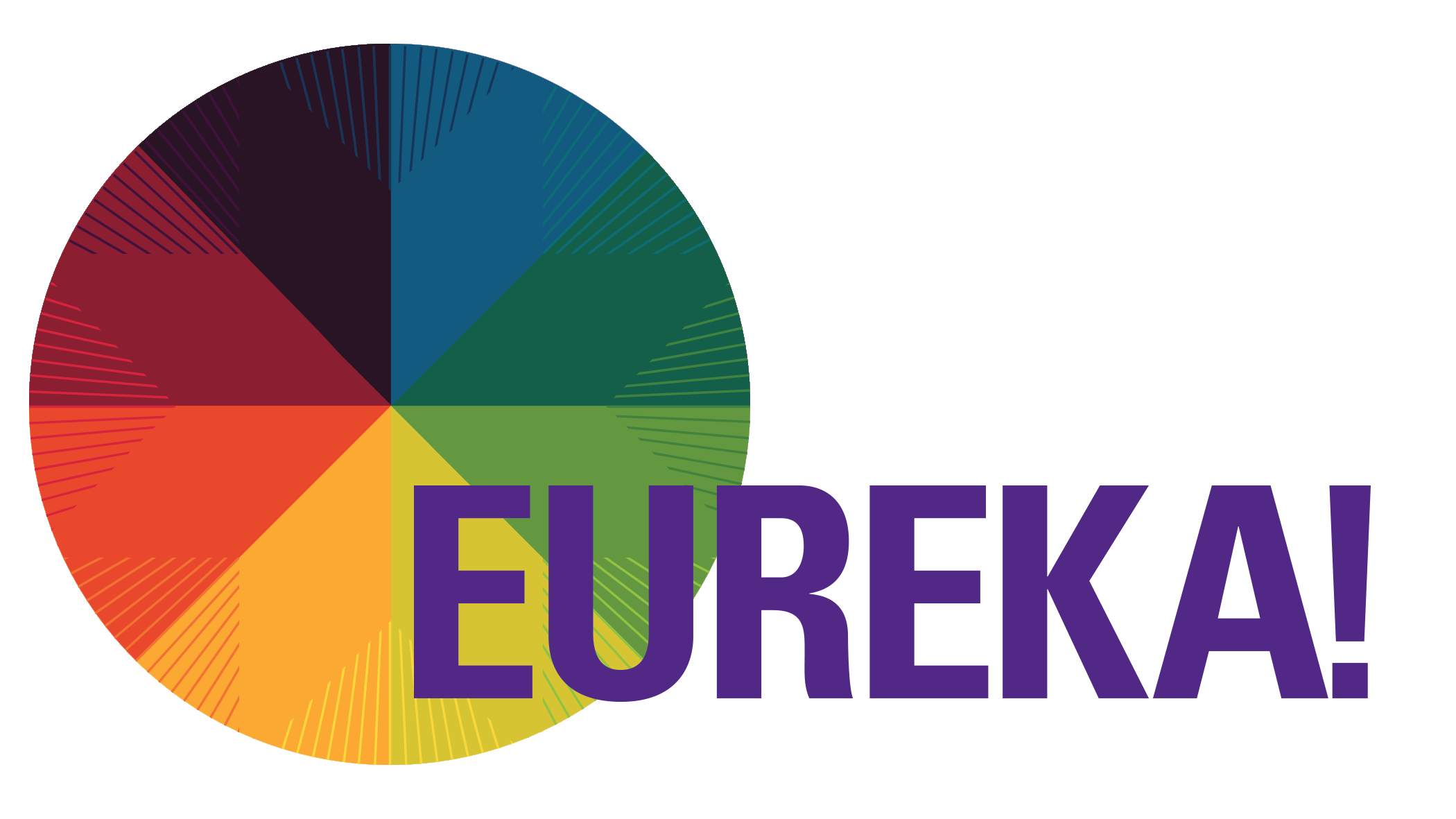Objectives
- Identify the subject area that you’re passionate about
- Explain the difference between creativity and innovation
- Know how to use these ideas to identify potential big ideas
- Enable you to develop a structured presentation
- Use creativity to explain complex ideas in a manner people understand
- Understand the audience so that you pitch your ideas at the right level of understanding
- Match your body language effectively
Your Big Idea and Passion
- Choose a WOW moment in your area of interest
- Where do big ideas come from?
- In your area of passion what big ideas have happened in the last 5 years?
- What do you think will happen in the next 5 years?
- What about in the next 50 years?
- Write down your big idea (if you haven’t decided yet, then write down a possible big idea).
Creativity: Building a new idea from scratch (creation/invention).
Innovation: Turning an exisiting idea into something new (improvement, advancement, change, evolution).
Linking the tangible to the intangible
All engaging and effective communication links tangibles to intangibles.
Tangibles: What the `thing’ IS you are talking about: In general terms the tangibles are the properties that the audience can determine by their senses (e.g. It’s hard, soft, big, small, rough, smooth, striated, knobbly, a possum, a particle, some kind of huge machine with a gazillion wires coming out!).
Intangibles: Intangibles are any concepts that can be associated with that thing that can give it meaning and relevance to the audience and engage their interest (e.g. Mystery, beauty, benefit, danger, intrigue, excitement, hope, awe, innovation, adaptation, pride, shame, loyalty, rejection, need etc).
So how do you decide what is your key message or theme?
Theme vs. Topics
The key to moulding your science into a story is recognising the difference between a topic and theme.
The topic is simply the subject matter of your presentation.
The theme is the principal message about the topic that you want to get across to your audience.
Themes:
- are usually stated as a complete sentence. They express one idea
- answer a “so what?” question about the topic. They connect tangibles to intangibles
- are specific and interesting
Creating Your Hook
Your goal is to capture the attention of your audience and/or create a sense of intrigue. It is extremely important to excite and require the attention and focus of your audience if you want them to listen to anything that you’re saying. People will walk away from your talk remembering your hook, which will trigger the recall of the information.
This hook should lead you into the opening of your talk. Check out 8 ways to hook our audience if you need more help with hooks!



